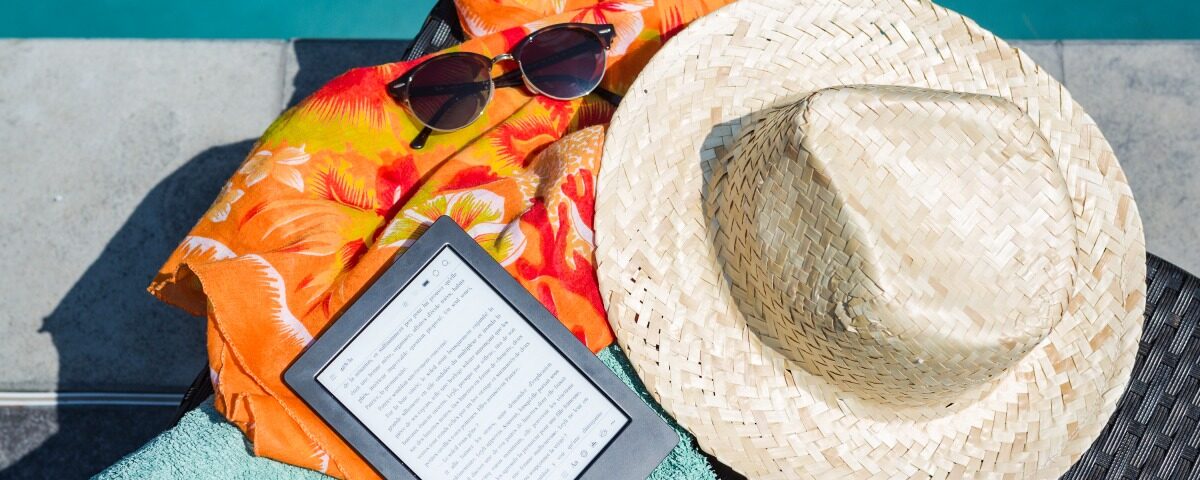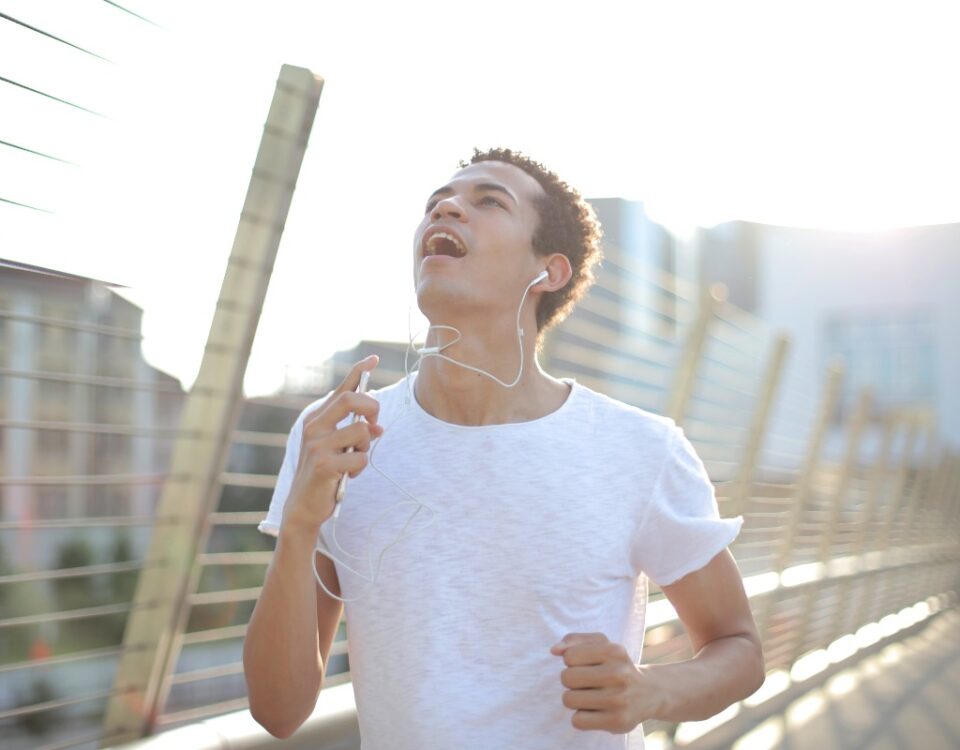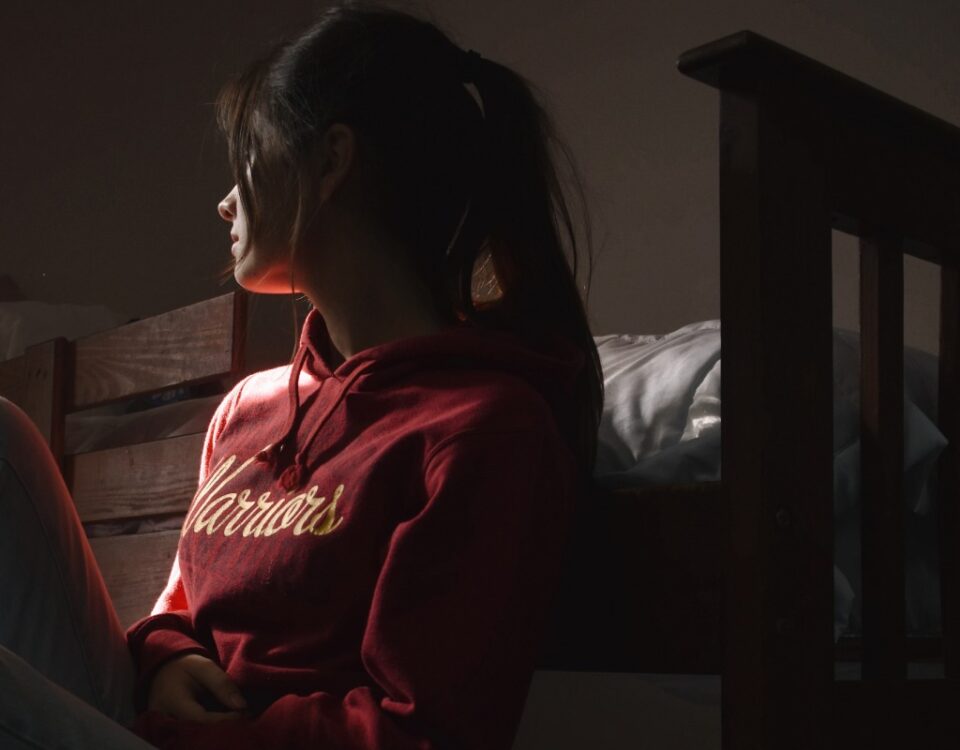
The Next Step: Future Plans After Addiction Treatment
March 13, 2023
Understanding the Importance of Self-Reflection in Recovery
March 20, 2023Most people have heard of seasonal affective disorder (SAD), a type of depression that affects many people during the winter months, when the days are shorter, there is less sunlight, and the weather is typically colder. People who experience SAD tend to feel down more often during these months. They may feel unmotivated, listless, and struggle to get out of bed. For most people, these symptoms tend to let up once the days start getting longer and the weather begins warming back up.
Reverse SAD is essentially the opposite. Some people refer to it as “summertime sadness.” Reverse SAD is a disorder that is less talked about and that many people are not aware of. Some people may struggle with it and not even know it. Reverse SAD affects people during the spring and summer months instead of the fall and winter months. There is a lot that researchers still have to learn about why reverse SAD occurs, but there are things that you can do to cope if you’re struggling.
Understanding Reverse Seasonal Affective Disorder
Not everybody loves the summer. Some people thrive more in cool and dark environments. They may dread the heat and the long days, longing for night to come to bring some relief from the humidity and intense sunlight. Such individuals tend to experience a lot of the same symptoms as those who struggle with SAD, just during the opposite time of the year. Often those that struggle with this tend to first experience symptoms toward the end of spring, and their symptoms may intensify further into summer. These symptoms may subside once fall comes back around and the days become shorter and cooler.
Reverse SAD can affect everyone differently. Some people may only experience very slight symptoms that are easy to ignore when they take their minds off of them. But for others, it may be quite severe and make it hard to function while going about daily activities. They may find that their performance at work or school goes down because of this mental health disorder. Some common side effects that many with reverse SAD will experience include:
- Anxiety
- Depression
- Lack of appetite
- Listlessness
- Changes in sleep patterns
- Inability to focus
- Loss of motivation
- Hopelessness
- Changes in self-esteem
- Thoughts of harming oneself (in severe cases)
Why Does Reverse Seasonal Affective Disorder Occur?
Researchers are still learning about what occurs in the brain that causes these depressive feelings to happen during the warmer months. One of the biggest links is believed to be the effect of different levels of sunlight on a person’s brain.
We know that those that struggle with traditional SAD likely feel the way they do in part because they are not getting enough sunlight due to shorter days and the seasonal weather. As a result, they become deficient in vitamin D, which is crucial in fending off things like anxiety and depression and is also essential for the function of many natural bodily processes. Therefore, it makes sense that someone’s mood would change as a result of not having enough vitamin C. This can, however, be remedied by taking supplements or using light therapy.
For those who struggle with reverse SAD, the problem can be tied to too much sun. With increased exposure to light, a person’s melatonin production and circadian rhythms can be affected. Melatonin is very important for protecting the brain and regulating mood. When a person’s melatonin levels are disrupted, they can be more at risk for developing things like anxiety and depression.
The heat can also play a factor, causing some people to feel manic or unable to relax. They may have trouble falling asleep at night, which can further affect their mood.
There are also factors unrelated to the heat or changes in light that may trigger reverse SAD in some people. These can be simple life events like changes in a person’s schedule or home environment that occur during the summer. As an example, think of stay-at-home parents who are used to their children being away at school for a good portion of the day. The transition to the children being home all the time and trying to keep them busy could affect the parent’s mental health.
Coping With Reverse Seasonal Affective Disorder
If you struggle with this disorder, it can help to ride out the summer in cooler, dimmer areas. Consider places like bowling alleys, libraries, or movie theaters. Make sure that they have air conditioning. If the constant bright light is bringing you down, don’t be afraid to keep your blinds closed during the day to find some relief. If you are someone who needs to be going to bed before it is fully dark out, consider investing in some blackout curtains so that your rest is not disturbed.
If you’re struggling with reverse seasonal affective disorder and nothing seems to help, or if your symptoms are severe, make sure to reach out to your doctor. A doctor may recommend therapy and may also want to prescribe medication, such as an SSRI, to help get you through the summer months. Some people who struggle with this type of disorder turn to substance misuse to cope. This can only make one’s mental health worse. If you’re struggling with substance misuse, there is hope, and you don’t have to continue to live this way. Our team at The Kimberly Center is here for you. We offer a variety of different treatment options. Call us at (855) 452-3683 today.




